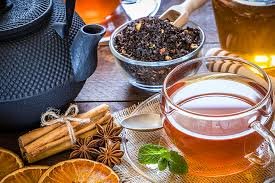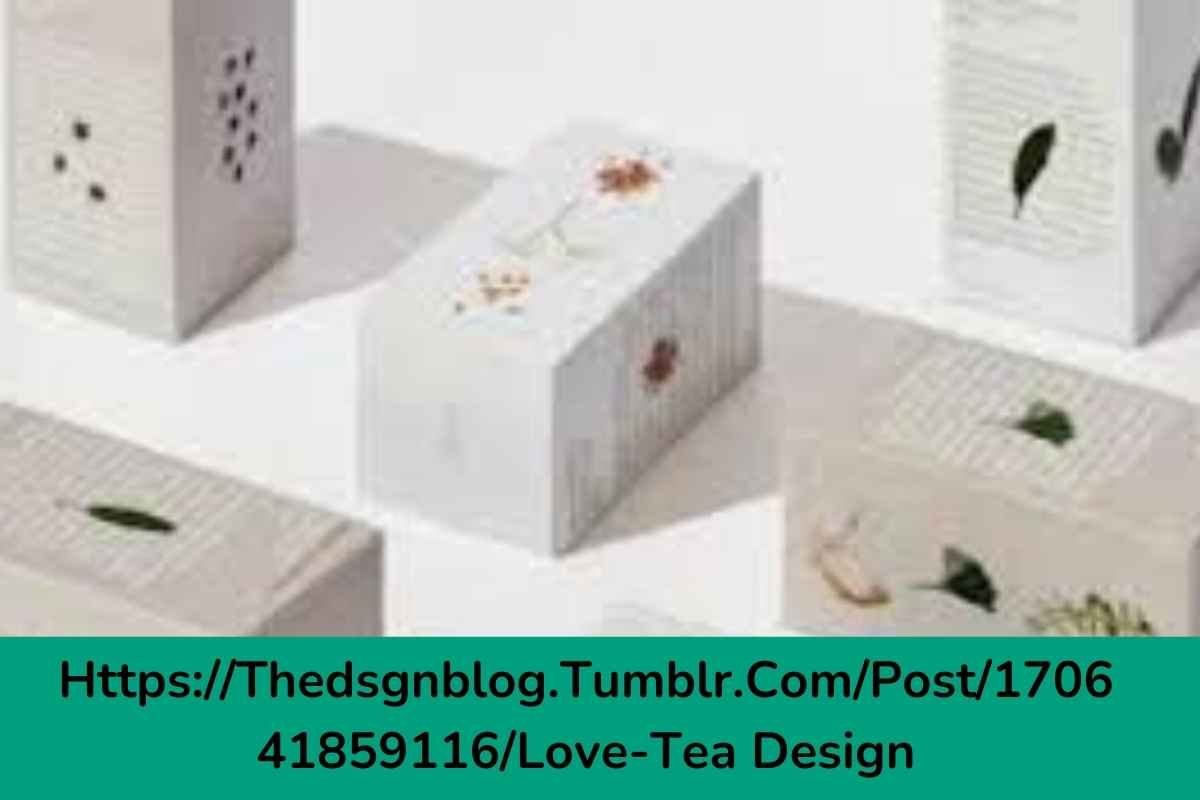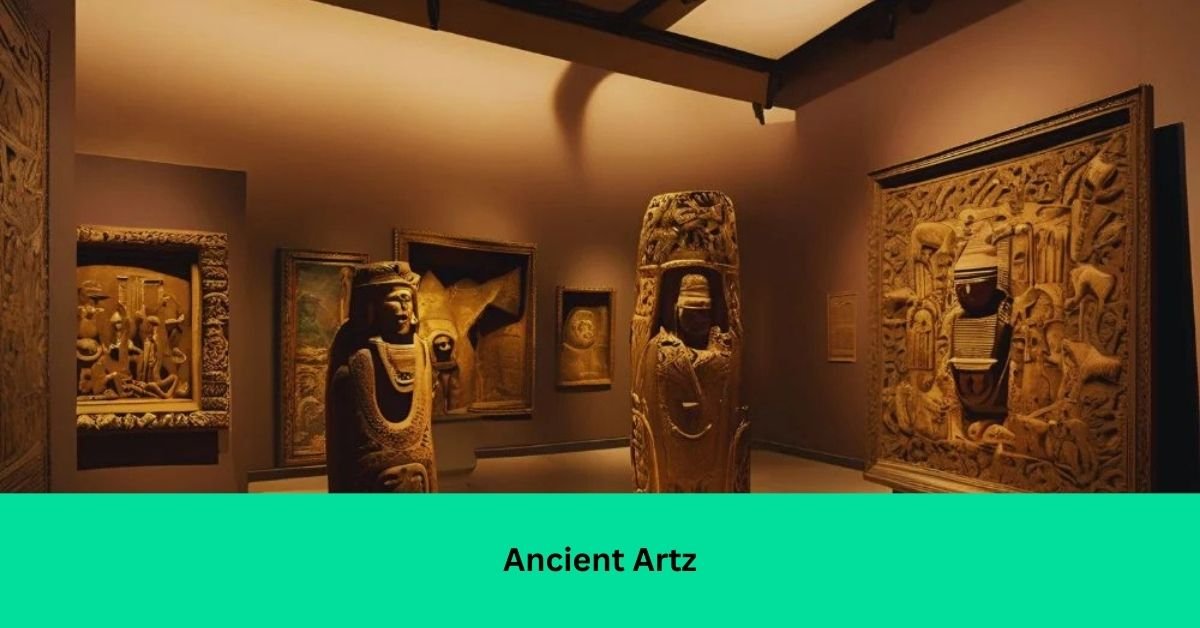Tea is more than just a drink; it’s a way to connect with people and cultures around the world. Love Tea Design explores the beautiful stories and traditions behind tea. The blog showcases how tea is enjoyed in different cultures, from the calming Japanese tea ceremonies to the lively chai moments in India.
Whether you love tea or just want to learn more about it, https://thedsgnblog.tumblr.com/post/170641859116/love-tea design is a great place to discover the magic of tea and how it brings people together.
Tea has always been a cherished part of my life. From my grandmother’s spiced chai in the mornings to my daily green tea ritual, each cup brings comfort and calm. Traveling has deepened my love for tea, especially experiencing a traditional tea ceremony in Japan.
What is Love Tea Design?

Love Tea Design is an artistic and cultural exploration that celebrates the significance of tea in various traditions worldwide. It highlights the unique rituals, preparation methods, and aesthetics associated with tea, showcasing its role as a symbol of connection and hospitality.
This concept Stress the beauty of tea-related items, such as teapots and cups, which often reflect cultural artistry. Love Tea Design also acknowledges the health benefits of tea, promoting mindfulness and relaxation.
Overall, it encapsulates the essence of tea as a cherished beverage that fosters community and creates lasting memories.
Health Benefits of Tea:

Tea is renowned for its numerous health benefits, making it a popular choice for health-conscious individuals.
Antioxidant Properties:
Tea, especially green and white tea, is rich in antioxidants that help protect the body from damage by free radicals. These antioxidants can support overall health and may reduce the risk of chronic diseases.
Improved Digestion:
Herbal teas, such as peppermint and ginger, are known for their digestive benefits. They can help soothe the stomach, reduce bloating, and promote better digestion.
Relaxation and Mental Alertness:
Tea contains L-theanine, an amino acid that promotes relaxation without causing drowsiness. Coupled with a moderate amount of caffeine, tea can enhance mental alertness and concentration.
The Enchantment of Tea – A Global Experience!
Tea is celebrated worldwide, each culture bringing its unique twist to this beloved drink.
Chinese Tea Traditions
China is the birthplace of tea, with a history spanning over 4,000 years. Chinese tea culture includes various types of tea, such as green, black, oolong, and pu-erh. The Gongfu tea ceremony, a traditional Chinese tea preparation method, highlights the intricate art of brewing tea.
Moroccan Mint Tea
In Morocco, mint tea is a symbol of hospitality and is often served to guests. This tea, made with green tea, fresh mint leaves, and sugar, is poured from a height to create a frothy top, enhancing its flavor and presentation.
Turkish Tea
In Turkey, tea is a social staple enjoyed throughout the day. Turkish tea is typically strong and served in small, tulip-shaped glasses. It’s an integral part of Turkish hospitality and social gatherings.
What are the different types of tea?

1. Green Tea:
This tea is minimally processed, retaining a fresh and light flavor. It is rich in antioxidants and is praised for its health benefits, including promoting weight loss and improving heart health.
2. Black Tea:
Fully oxidized, black tea has a robust flavor and a dark color. It’s one of the most popular tea types globally and contains caffeine, making it an energizing choice for many.
3. Oolong Tea:
Oolong tea is partially oxidized, offering a taste that falls between green and black tea. It features a complex flavor profile, often with floral or fruity notes, and is celebrated for its aromatic qualities.
4. White Tea:
Made from young tea leaves and buds, white tea has the least processing. It has a delicate flavor and is high in antioxidants, making it a refreshing and healthful option.
5. Herbal Tea:
Technically not a true tea, herbal teas are infusions of various herbs, flowers, and fruits. They can be caffeine-free and are available in an array of flavors and blends.
6. Pu-erh Tea:
This fermented tea from China is known for its unique earthy flavor. Pu-erh can be aged, allowing its taste to develop over time, and is often enjoyed for its potential digestive benefits.
What makes tea a significant part of various cultures?
Tea is significant in many cultures due to its rich history and the rituals surrounding its preparation and consumption. Each culture has developed unique customs that reflect its values, such as hospitality, mindfulness, and community.
For instance, the Japanese tea ceremony emphasizes harmony and respect, while British afternoon tea showcases social connections and relaxation.
These traditions not only enhance the drinking experience but also create a sense of identity and belonging among people. Through tea, individuals connect with their heritage and with one another, making it a powerful symbol of cultural exchange and unity.
FAQs:
1. What is the significance of the Japanese tea ceremony?
The Japanese tea ceremony, or Chanoyu, is a meditative practice that emphasizes mindfulness, respect, and tranquility. It involves the precise and graceful preparation and consumption of matcha, fostering a sense of connection and peace.
2. How does tea culture differ around the world?
Tea culture varies widely, reflecting the values and traditions of each region. For example, in Japan, the tea ceremony emphasizes mindfulness and ritual, while in Britain, afternoon tea focuses on socializing and enjoyment.
3. What types of tea are featured in Love Tea Design?
The blog covers a diverse range of teas, including green, black, oolong, and herbal teas, each with its unique flavor profiles and health benefits.
4. Why is tea considered a cultural experience?
Tea is more than just a beverage; it serves as a medium for connection and conversation, often symbolizing hospitality and tradition in various cultures.
5. What are some common tea rituals mentioned in Love Tea Design?
Common rituals include the Japanese tea ceremony, the Chinese Gongfu tea ceremony, and Indian chai preparation, each reflecting different values and customs.
6. How does Love Tea Design promote sustainable tea practices?
The blog encourages sustainable tea practices by highlighting brands and methods that prioritize ethical sourcing, environmental stewardship, and fair trade.
7. Can tea be a part of a healthy lifestyle?
Yes, tea is rich in antioxidants and has various health benefits, including improved digestion, enhanced focus, and reduced stress levels, making it a great addition to a healthy lifestyle.
8. What role does design play in tea culture?
Design is essential in tea culture as it encompasses the aesthetics of tea ware, the presentation of tea, and the overall experience, making tea-drinking visually and sensorially appealing.
9. How can I learn more about tea from Love Tea Design?
You can explore the blog for articles, illustrations, and resources that delve deeper into the world of tea, its history, and its cultural significance.
10. Is Love Tea Design suitable for beginners?
Absolutely! Love Tea Design caters to both tea enthusiasts and beginners, offering easy-to-understand content that invites everyone to discover the joy of tea.
11. What makes Moroccan mint tea unique?
Moroccan mint tea, made with green tea, fresh mint, and sugar, is refreshing and sweet. It’s often served in ornate teapots and poured from a height to create a frothy top, enhancing its flavor and presentation.
12. Why is chai important in Indian culture?
Chai is an integral part of Indian culture, enjoyed daily and often prepared and served in bustling streets. It fosters a sense of community and warmth, bringing people together over a shared love of this spiced tea.
13. How does black tea differ from other types of tea?
Black tea is fully oxidized, giving it a bold and robust flavor. It’s a popular choice for breakfast teas and blends like Earl Grey and English Breakfast. Black tea can also boost heart health and reduce the risk of stroke.
Conclusion:
Tea is more than just a drink; it’s a beautiful cultural experience that unites people. It promotes health and comes in a variety of flavors and traditions. Whether you’re savoring a serene Japanese tea ceremony, enjoying the lively spices of Indian chai, or relaxing with a comforting cup of British afternoon tea, each sip tells a story of tradition and taste. Embrace your love for tea and explore the world through its delightful flavors and rich cultural heritage.
Read More:





